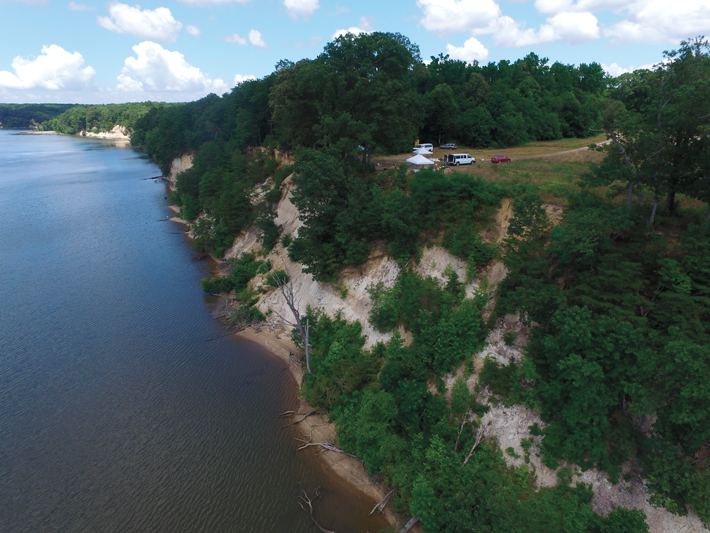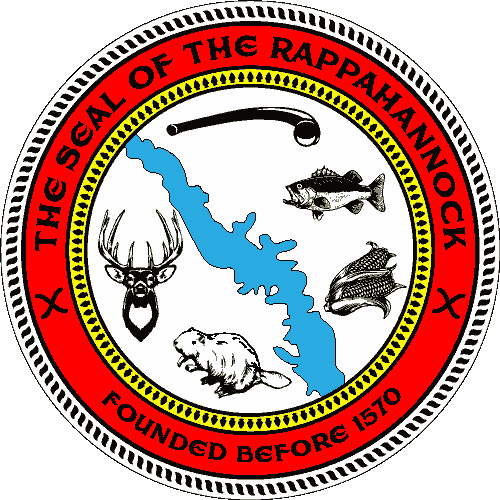
Soon after Captain John Smith arrived at Jamestown in 1607, or so the story goes, he was captured by Opechancanough, the brother of the powerful Native chief Powhatan. English explorers wrote that Powhatan controlled a domain spanning much of what is now Virginia, from the state’s Piedmont region to the coast. Several tribes reportedly paid him tribute and lived within his Powhatan Confederacy. After Smith narrowly escaped execution through, he later claimed, the intervention of Powhatan’s daughter Pocahontas, he set off from Jamestown to explore and chart the Chesapeake Bay and its tributaries. Opechancanough had already taken Smith to a number of Native settlements during his captivity, including at least one on the Rappahannock River. Smith recorded that the Rappahannock peoples, who inhabited both sides of the eponymous waterway, were divided among eight communities, each with a leader, or werowance. Smith mapped or described 43 of their villages, reporting friendly encounters with some groups and hostility from others.
